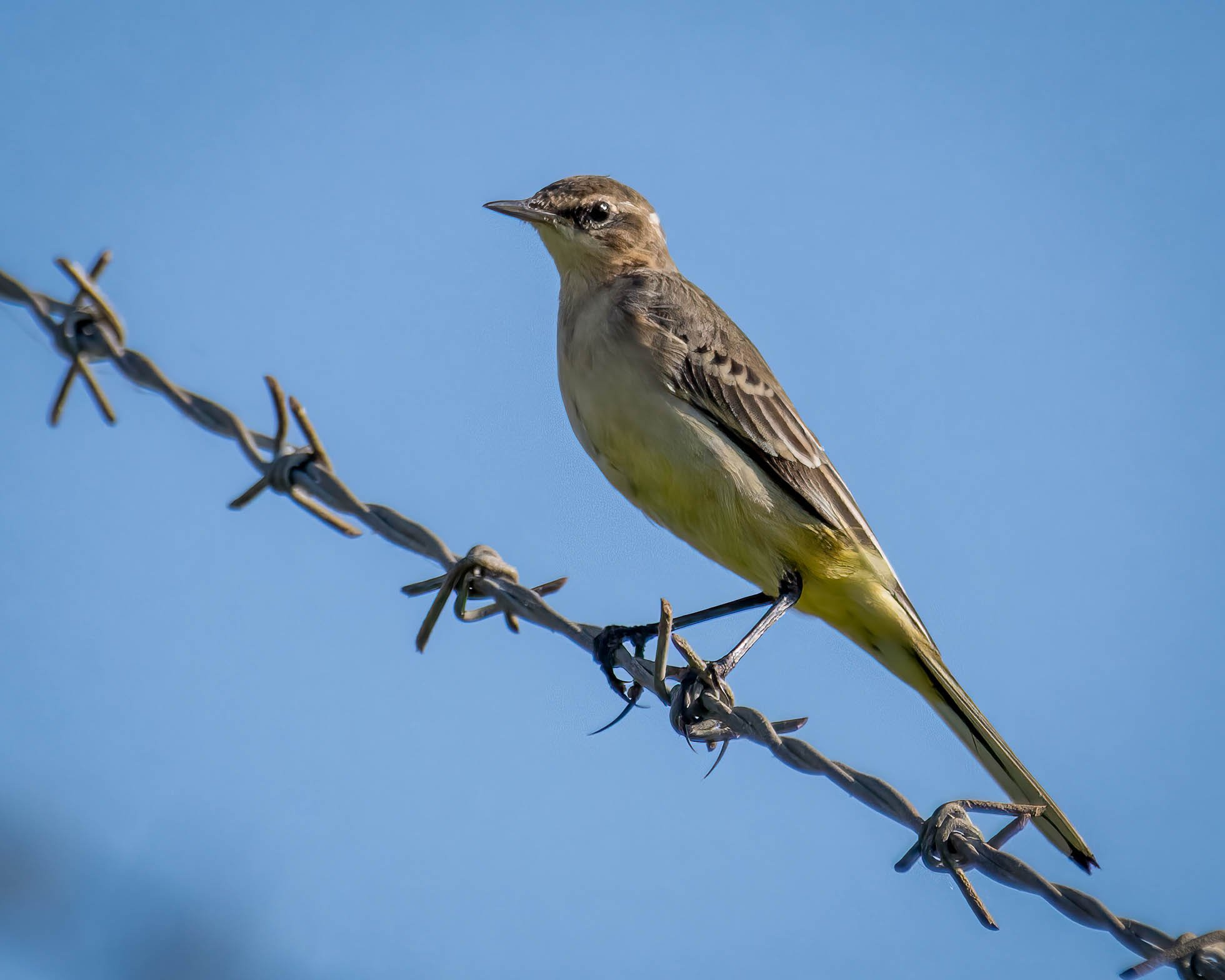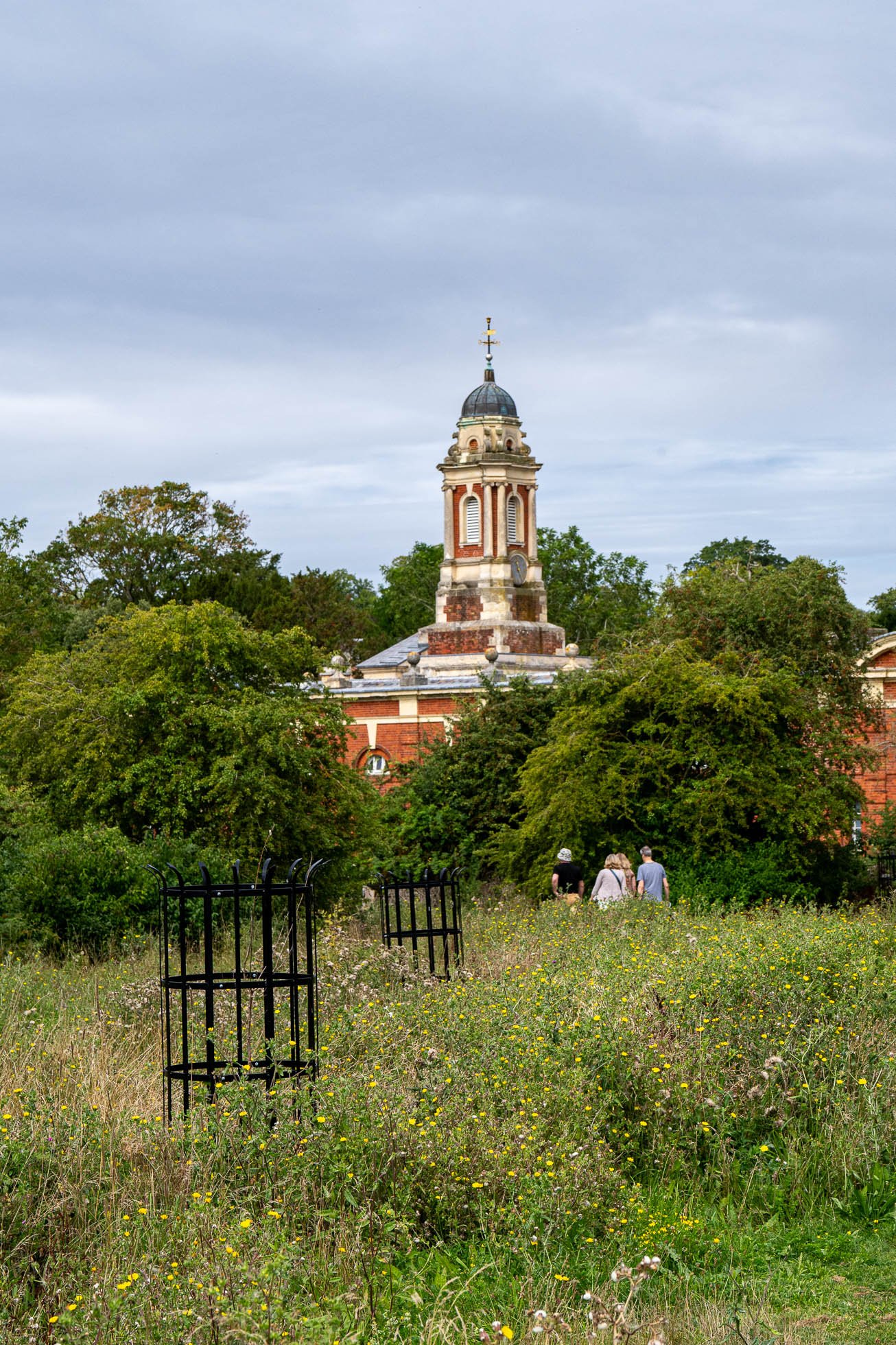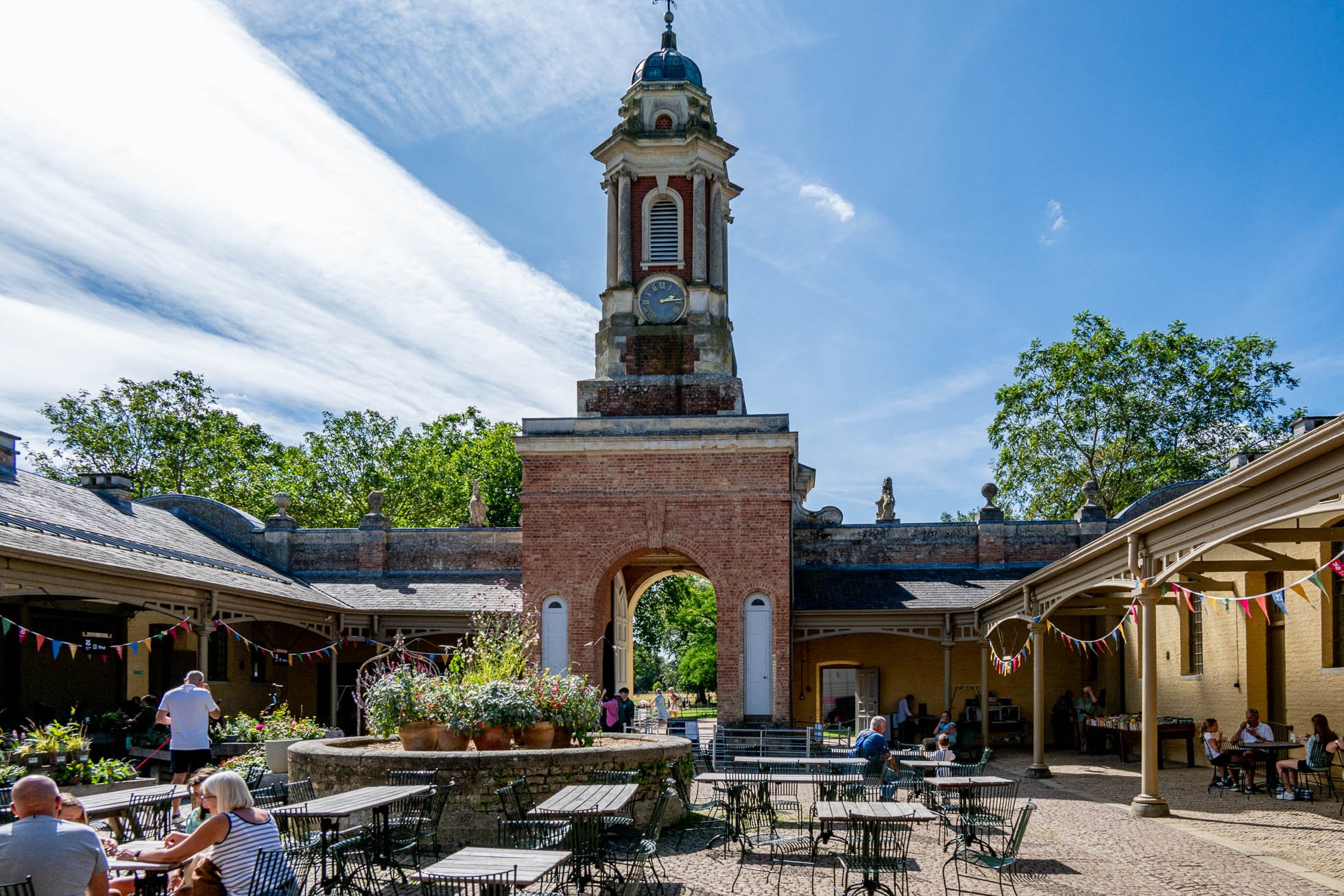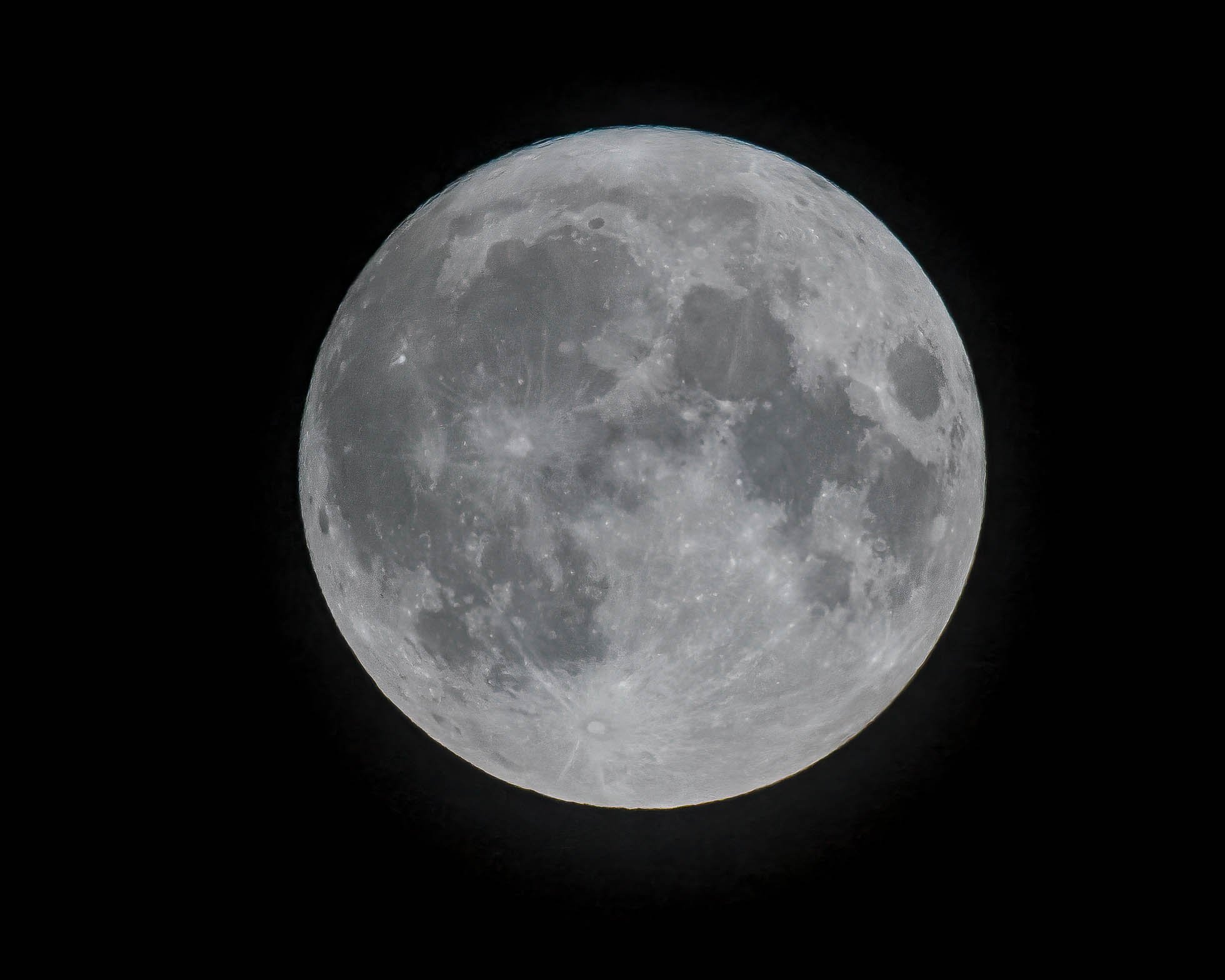At the beginning of the month, thanks to a good friend who offered to dog sit for us for the day, we visited Frampton Marsh RSPB in Lincolnshire. A great reserve, easy walking and good bird hides.
The bank of sunflowers that they always plant alongside the path was just coming into full bloom and was alive with Bumble Bees.
In May three adult Black Winged Stilts arrived at the reserve. One of the males and the female decided to nest and produced four little ones. We were able to watch this juvenile hunting in front of one the hides. The adults stayed along way off, easy to see with binoculars but too far away for our camera.
Black-winged Stilts have been expanding their breeding range to the south of the UK, and more tend to arrive in spring when their favoured wetlands in south-west Europe dry out due to drought.
Much of Spain and France have been experiencing severe drought conditions, which has doubtless caused the influx of stilts to the UK this spring.
Black-winged Stilts have the longest legs of any bird relative to size, making up two-thirds of their total body length, hence their name.
One of the most elegant waders, with its slim proportions and long needle-like bill, the Spotted Redshank lives up to its name when in its summer plumage, which is dark with white spots. Unlike the dark summer plumage, autumn and winter individuals are grey above and white below, much paler than their more uniform common cousin, the Redshank.
Spotted Redshank does not breed in Britain and is mainly a passage migrant, seen in both spring and autumn.
So, this lovely little bird caused a bit of discussion between Mr and Mrs Dobson, was this a Dunlin or a Curlew Sandpiper, and consulting our trusty bird ID book we came to the conclusion this is a Dunlin. We do find little brown wading birds difficult to identify even after all these years of birdwatching, as they have juvenile plumage, summer plumage, and winter plumage as well as the times in between when they are moulting.
Black Tailed Godwits were feeding around the reserve.
Something swam across in front of the hide and onto an island. It looked a bit like an Otter at first but a bit small. When it appeared on the island we realised it was a Stoat, an animal we had rarely seen. We could see it moving about in the thick undergrowth and then less than five minutes later it appeared with a huge rat in its mouth. A quick and ferocious killer and we suspect, not the first time it had been on this hunting spree.
The Stoat swimming confidently back the way it had come, possibly taking the rat back to its kits. They have between six to twelve kits usually born in the spring.
We finished the day by taking a seat up on the flood bank overlooking the marshes. The cattle were making their way along the top followed by young Pied and Yellow Wagtails.
A juvenile Yellow Wagtail.
There were lots of young Meadow Pipits flitting about and it wasn’t until we took a closer look at this picture when we got home did we see the little bug on its beak.
Our Hibiscus in the garden is always popular with the insects especially Bumble bees.
A female Southern Hawker spent the morning sunning herself and kept adjusting her body to catch the warmth of the sun as it moved round the garden. She flew off when the sun moved way from her spot in the afternoon.
A beautiful Red Admiral also took advantage of a warm spot.
The Hummingbird moth made an appearance again this year. A quick little so and so, darting from flower to flower looking for nectar but if you can catch it hovering for a few seconds, just like a Hummingbird, you could be in with a chance of getting a picture.
When resting the Hummingbird Moth can be easily overlooked as another grey insect, but when in flight this day flying moth is quite beautiful showing off its orange underwings and white flashes.
Love these little birds, and the Long Tailed Tit families are back visiting the garden after a summer break.
Mr Dobson was given a loan of a Drone, (Oooh that rhymes). So when we received the message one evening from the local farm that they were starting their harvest, we went up straight away.
Farm work, especially combining, looks great from a drone. Not bad for a first attempt at flying.
A Brown Argus in our local meadow.
Another lovely day out with our Granddaughter this time to Wimpole Hall Farm and Gardens. Many areas have been left to go wild. It looks so much better.
Mother Pig has a good litter of little piglets here.
Time for a good old scratch against the step for this little piglet, look at that the smile on her face.
Queenie, the Shire Horse enjoying her shower. Apparently she likes to roll around in the dust and is always having to be washed.
The walled garden at the hall is so stunning and beautiful, and a really lovely image taken by our Granddaughter with Grandads new camera.
The clock tower and old stable block at the hall.
Looking across the sheep field to the Folly.
A Migrant Hawker over the ponds on our dog walk.
The end of August and a Blue Moon. Nothing to do with the colour, its because its the second full moon within the same month. We took this picture from the back bedroom window about 10.30pm.
Blue moons only happen every two or three years (hence the phrase “once in a blue moon”). Blue supermoons are even rarer, occurring once every 10 years or so.





























